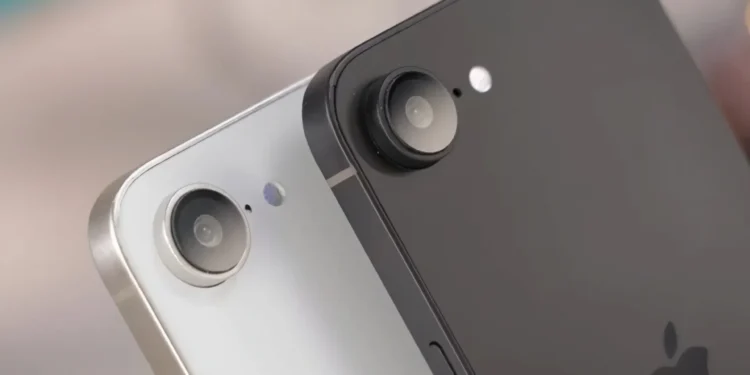First introduced in 2016, the iPhone SE (Special Edition) series has carved out a niche for itself by offering powerful internals encased in smaller, more budget-friendly hardware. The upcoming model, possibly deviating from its numbered predecessors, is rumored to potentially debut as the “iPhone 6E.”
This new moniker would more closely align with Apple’s current flagship, the iPhone 16, reflecting its shared technology and features.
Tim Cook’s words, “get ready to meet the newest member of the family,” further fuel speculation that this new device will integrate seamlessly with the iPhone 16 lineup. Yet, it’s also possible the term “family” might simply refer to the broader iPhone ecosystem, maintaining the SE’s standalone identity within Apple’s portfolio.
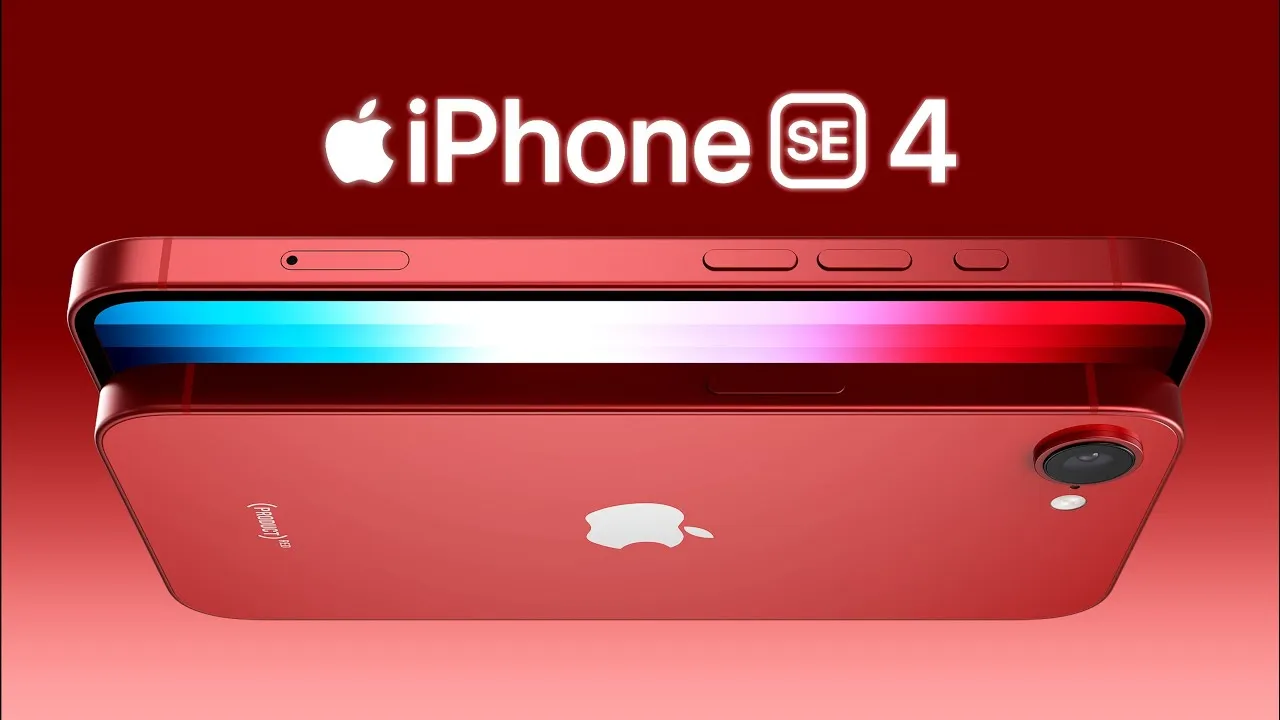
Design Evolution: Embracing Larger Displays
The transition to a 6.1-inch display marks a significant design shift for the iPhone SE, phasing out the era of smaller iPhones. Apple’s design trajectory has gradually moved towards larger screens, and the new SE model will reportedly adopt an iPhone 14-style aesthetic. This includes an all-display front, devoid of the traditional home button, and minimal bezels to keep the device compact despite its larger screen.
Despite its increased screen size, the new iPhone SE aims to remain manageable in hand. With dimensions slightly larger than its predecessor but still smaller than flagship models, the SE strikes a balance between usability and display quality.
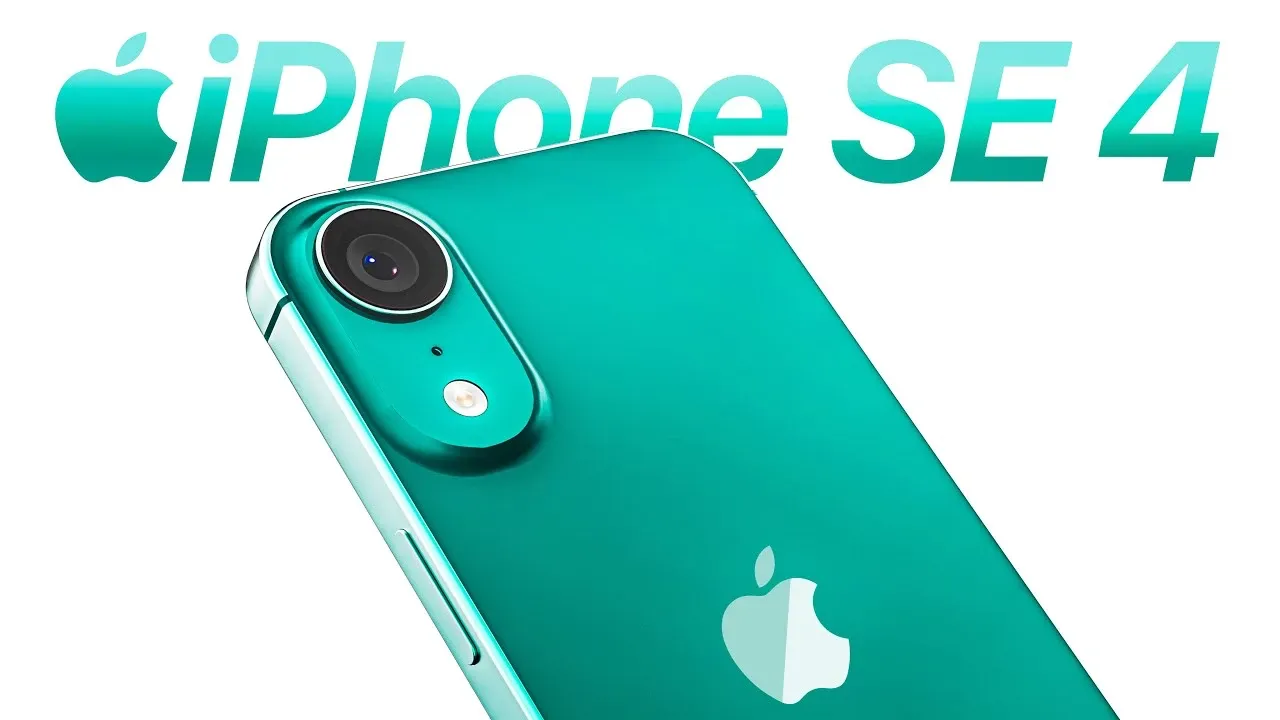
Advanced Features at a Lower Cost
Apple’s strategy with the iPhone SE has consistently focused on bringing flagship-level performance to a more price-conscious audience. The upcoming SE model is expected to feature the same A18 chip found in the iPhone 16, ensuring it keeps pace with more premium models. This upgrade is a leap from the previous A15 chip, offering more power, efficiency, and the ability to handle Apple’s latest software features.
Moreover, the new iPhone SE is set to ditch the LCD technology in favor of an OLED display. This not only means richer colors and deeper blacks but also a more durable Ceramic Shield screen. Additionally, Apple’s shift away from the Touch ID to an all-display design indicates that Face ID will be the standard biometric authentication method moving forward.
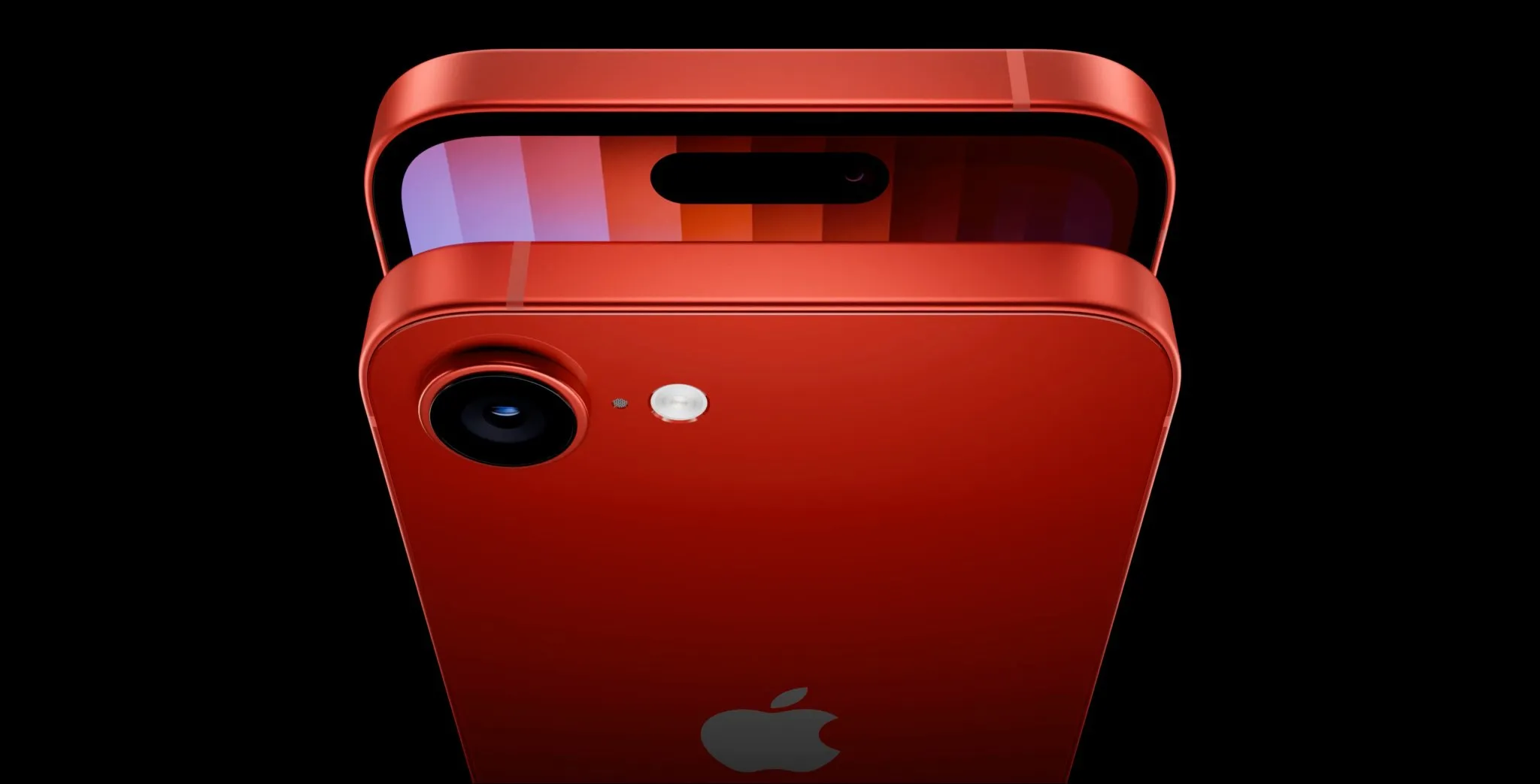
Connectivity and Camera Upgrades
On the connectivity front, the iPhone SE 4 is rumored to introduce Apple’s in-house 5G modem, reducing its reliance on third-party suppliers like Qualcomm. This could enhance Apple’s control over integration and efficiency in its devices.
Photography on the SE will see improvements with the adoption of a 48-megapixel wide lens, similar to that of the iPhone 16. While it will lack the more advanced telephoto and ultra-wide capabilities, the inclusion of a high-resolution primary camera suggests significant advancements in photo quality for its price range.
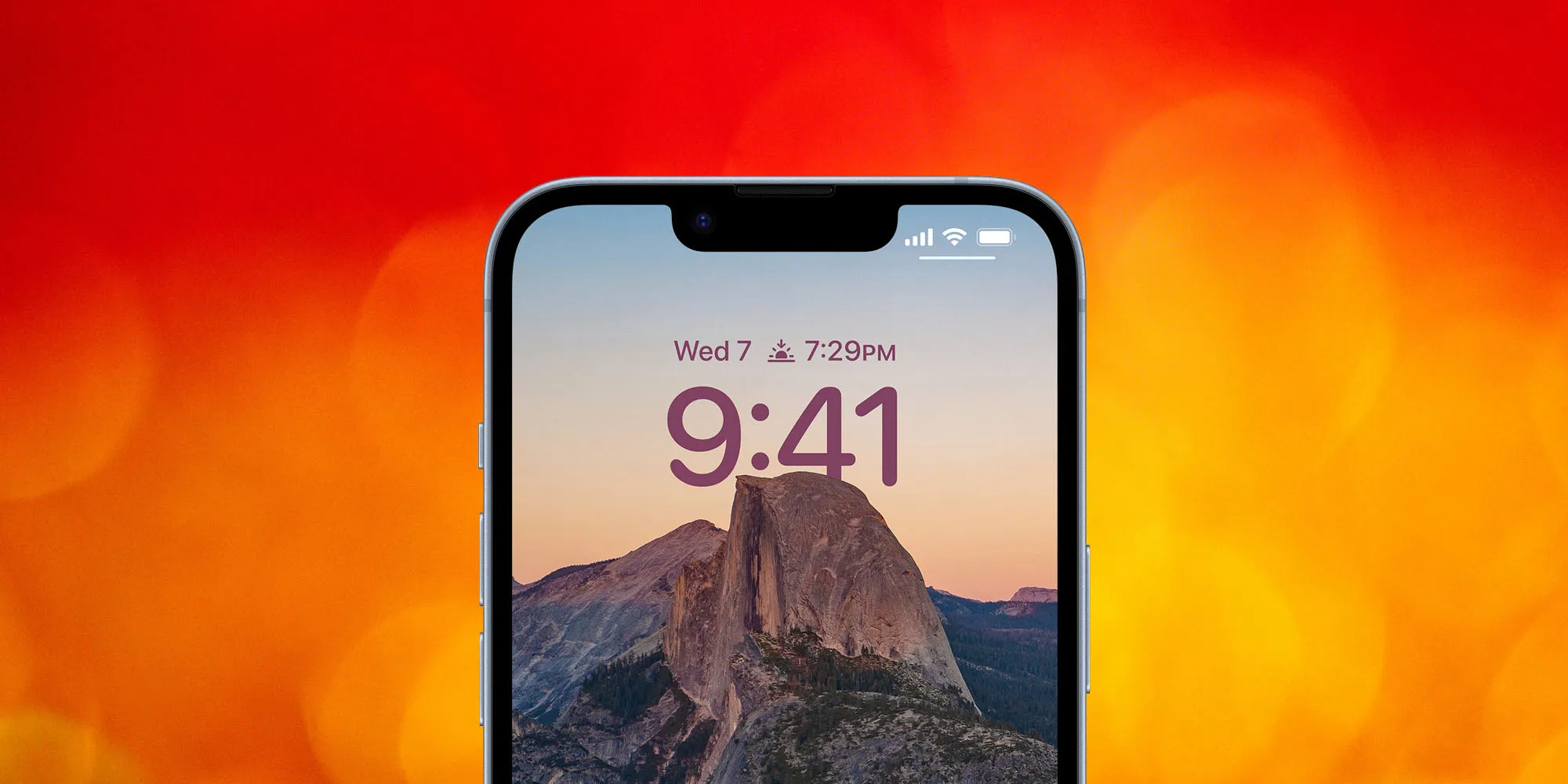
Preparing for Launch: Pricing and Availability
Apple aims to maintain the iPhone SE’s appeal by offering these substantial upgrades at a competitive price point. Predictions suggest the iPhone SE 4 will still start under $500, making it an attractive option for those seeking modern features without the premium cost.
In summary, the iPhone SE 4 represents a pivotal evolution in Apple’s strategy, merging affordability with high-end features. As February 19 approaches, potential buyers and tech enthusiasts will eagerly await confirmation of these details, ready to welcome the newest addition to the iPhone family.

